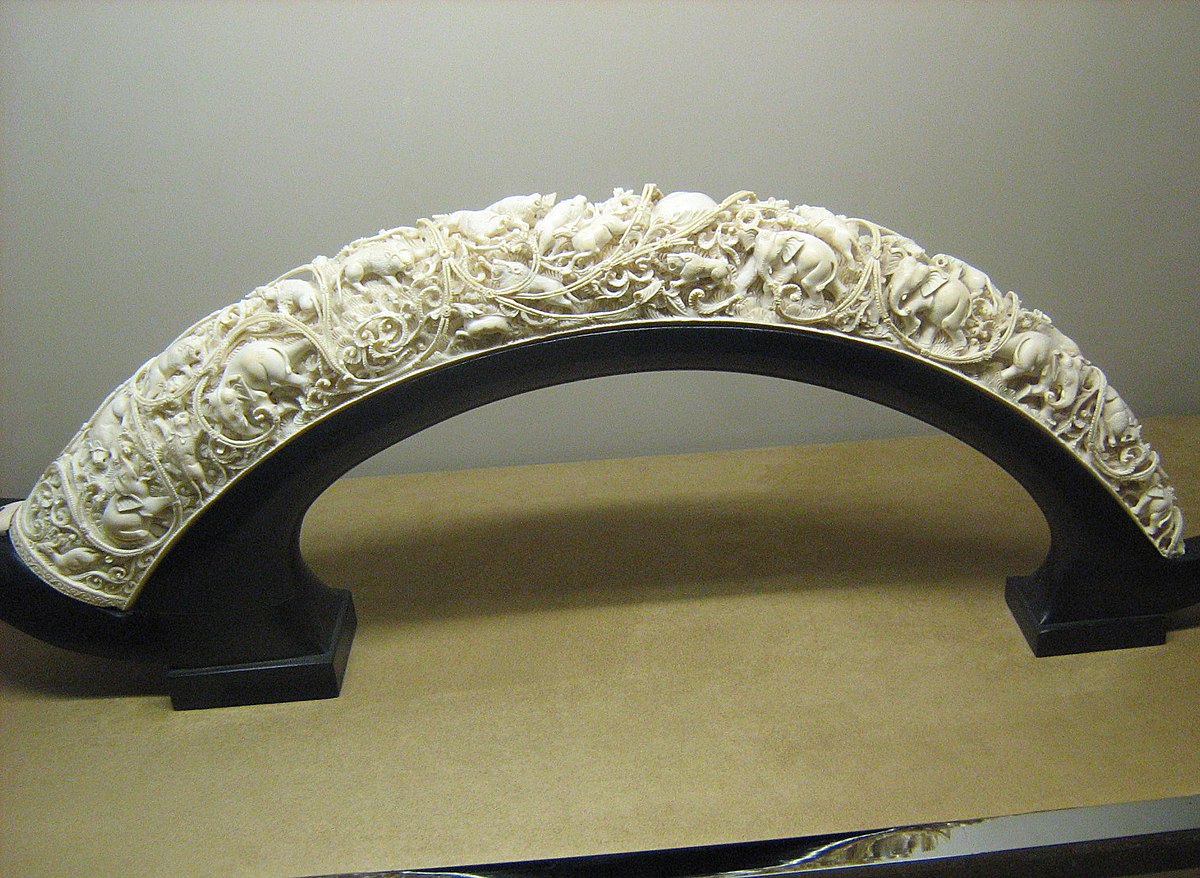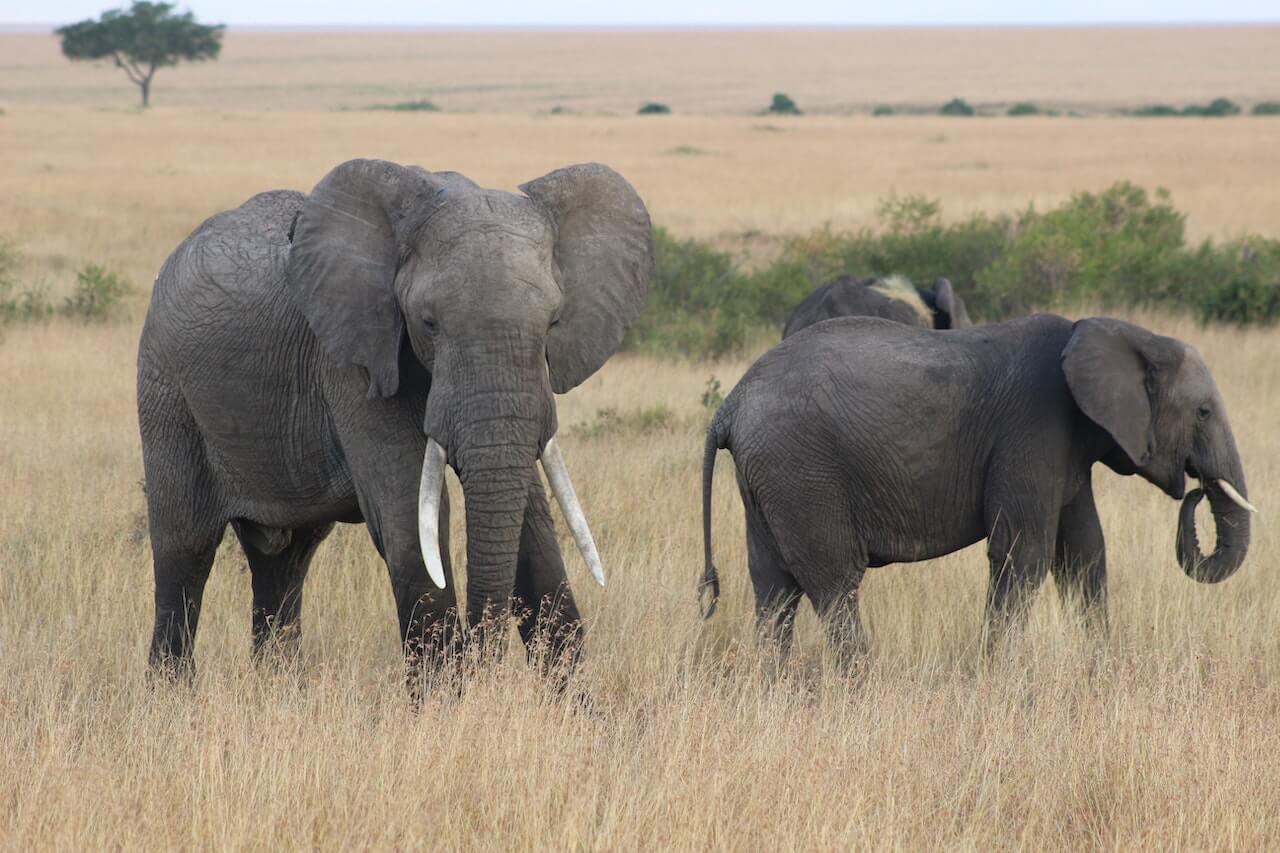Ivory's True Story: Beyond 'South Central Baddies' & Age-Old Myths
The word "ivory" evokes a myriad of images, from ancient artifacts and exquisite jewelry to the majestic tusks of elephants roaming the savanna. It's a term steeped in history, beauty, and unfortunately, controversy. While a search query like "ivory south central baddies age wikipedia" might seem to conflate disparate ideas, it inadvertently highlights the diverse and sometimes perplexing ways the term "ivory" can surface in popular discourse. This article aims to cut through any such confusion, focusing squarely on the profound and complex narrative of ivory as a material, exploring its origins, historical significance, ethical implications, and modern legal standing.
Understanding what ivory truly is, how it has been used across millennia, and the critical issues surrounding its trade today is vital. This deep dive will enhance your appreciation for this unique material while raising crucial awareness about its ethical considerations. We will navigate its journey from a natural animal product to a coveted artistic medium, and finally, to a symbol of conservation challenges, ensuring clarity on its genuine definition and impact.
Table of Contents
- Understanding Ivory: A Material of Distinction
- The Enduring Legacy of Ivory in Art and Culture
- Identifying True Ivory: A Guide for Collectors
- The Dark Side: Ivory Trade, Ethics, and Conservation
- Beyond Elephants: Other Sources of Workable Ivory
- The Complexities of "Ivory" in Modern Contexts
- Preserving the Future: Sustainable Alternatives and Awareness
- Conclusion: A Call for Responsible Engagement with Ivory's Legacy
Understanding Ivory: A Material of Distinction
To truly appreciate the multifaceted story of ivory, we must first establish a clear understanding of what it is. Far from a simple decorative item, ivory is a fascinating biological material with unique properties that have captivated humanity for centuries. Its inherent beauty and workability have made it a prized substance, driving both artistic innovation and, regrettably, exploitation.
- Ear Styling Service Near Me
- The Coop Bar And Grill Menu
- Paintless Dent Repair Miami Fl
- Rose Nest At The Beach
- Happy Buddha Hostel Medellin
What Exactly Is Ivory?
At its core, ivory is a hard, white material primarily derived from the tusks and teeth of animals. Scientifically, it consists mainly of dentine, a dense bone tissue that forms the bulk of teeth and tusks. More specifically, it is a form of dentin, which is the hard material that makes up the bulk of teeth. While we commonly associate ivory with elephants, it's crucial to understand that other animals also produce workable ivory, though elephant ivory has historically been the most coveted. The word "ivory" itself has ancient roots, originating from the Latin "eboreus" and reaching us through the Old French "yvoire." This etymological journey underscores its long-standing presence in human language and culture.
The unique composition of dentine gives ivory its characteristic qualities. Unlike bone, ivory has a distinctive grain pattern, often described as a "Schreger pattern" in elephant ivory, which
- North South Clothing
- The Coop Bar And Grill Menu
- Try Harder Where Are They Now
- Prindel Creek Farm
- Hermosa Beach Open 2025

Ivory (color) - Wikipedia

14 Things You Didn't Know About Today's Ivory Trade - WildAid

Ivory: Meanings, Properties, Facts, and More